Horse Care, Riding, and Equine Management
Ride with Confidence, Discover the Freedom
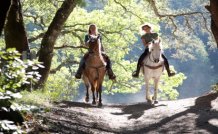
Feel the thrill as you master the art of horseback riding, guided by expert mentors who share your passion. Whether you're stepping onto the saddle for the first time or refining your technique, this course offers something rare: a comprehensive, holistic approach that encompasses not only the technical skills but also the heart and soul of equestrian companionship.
Immerse yourself in a supportive community that celebrates your victories and helps you navigate challenges. Imagine the tranquility of riding through scenic trails, the satisfaction of achieving seamless harmony with your horse, and the joy of being part of their herd.
Join us, and transform your equestrian dreams into reality. More than a course, it's an invitation to a lifelong partnership filled with endless adventures. Your journey to a powerful and fulfilling equestrian experience begins here. Enroll today and redefine what it truly means to ride.
4 Hours average completion time
0.4 CEUs
12 Lessons
23 Exams & Assignments
12 Videos
13 Reference Files
96 Articles
Mobile Friendly
Last Updated December 2025
While it's impossible to describe the exhilaration and connections to yourself and to nature you will experience while riding a horse, be assured that nothing else you ever do will be quite like it. That may not seem true the day after your first ride, when you will probably have some aches and pains from muscles you don't use often and may feel like your legs have forever become an "O" shape, or when you are learning to ride the trot, which is a big challenge for most of us, but those kinds of problems will disappear quickly as you learn and love to ride.
You'll also love horses themselves. They are friendly, gentle animals and companions -- and enjoyable riding requires that you and your horse, or a stable horse you may ride, work together. Since horses are herding animals in the wild, they enjoy having at least one other horse companion, and will take you into their herd, too. You'll like that!
- Understanding Western and English styles
- Horse communication and connection
- Horse sports and competition insights
- Basic horse riding proficiency
- Saddle and tack selection skills
- Effective horse care and management
- Proficiency in trotting and cantering
- Safety awareness and best practices
- Knowledge of horse health essentials
-
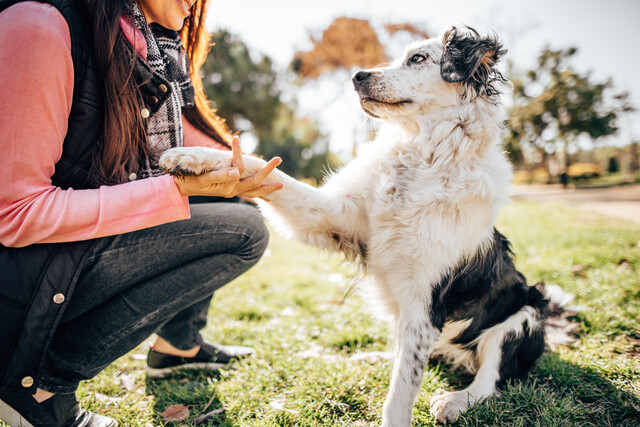
Dog Training 101: A Guide for Beginners
-
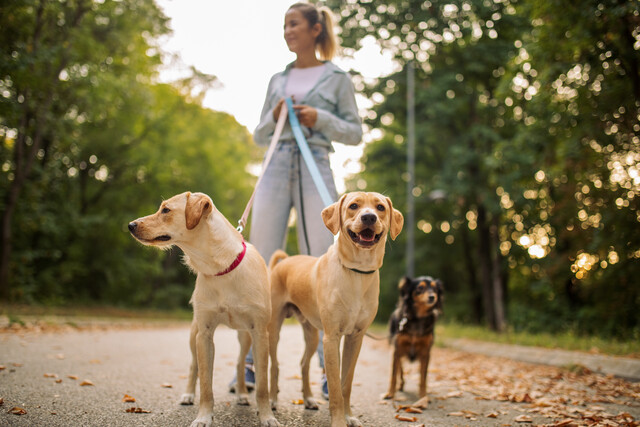
Pet Sitting & Dog Walking Business
-

Biology 360: From Molecules to Ecosystems
-
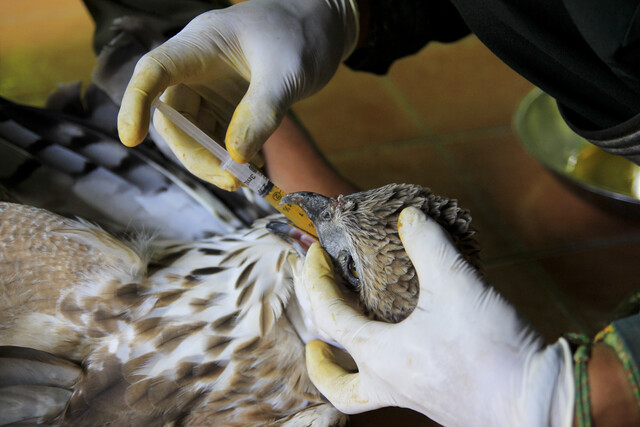
Wildlife Rehabilitation: An Introduction
-

How to Run a Dog Day Care
-

Dog Psychology 101
-
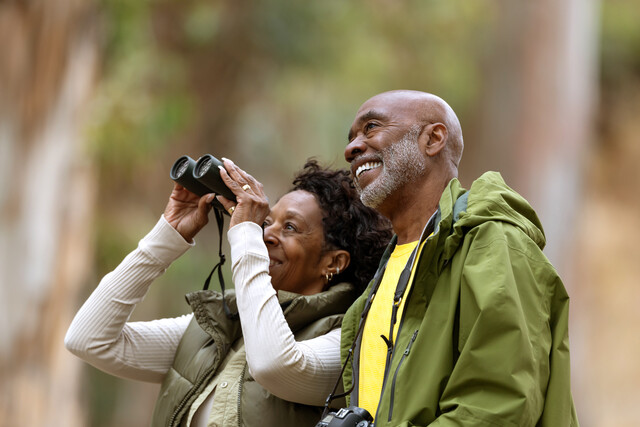
Bird Watching: Food, Feeders and Behavior
-

The Power of Ecology: Shaping a Sustainable Future
-

Cat Care and Training 101
-

Dog & Cat First Aid, Care & Maintenance
-

Marine Biology 101
-
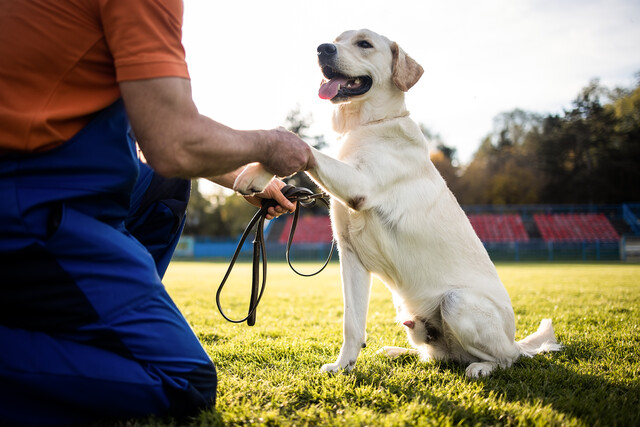
Advanced Dog Training Techniques
